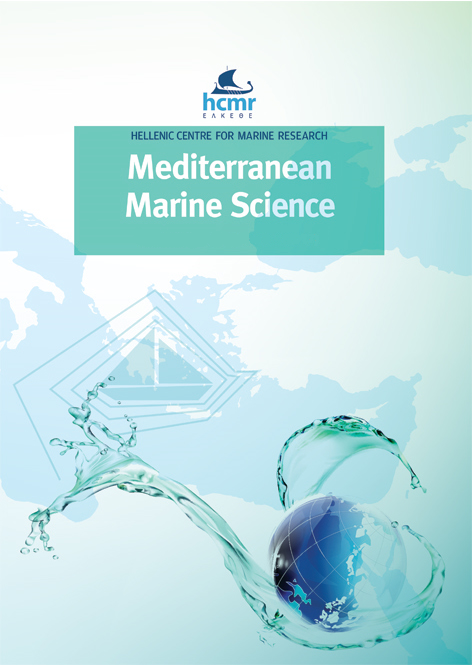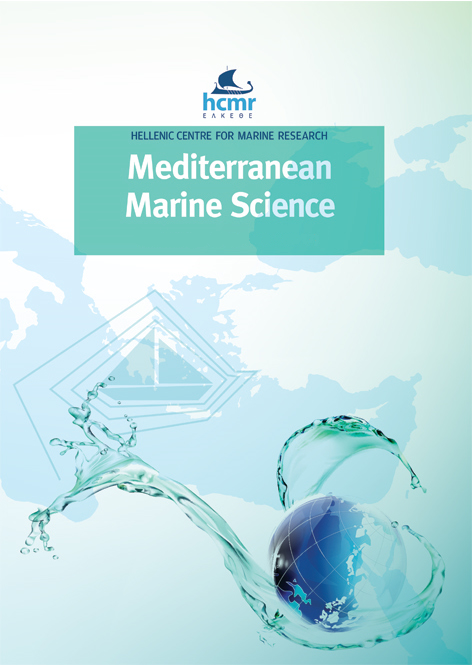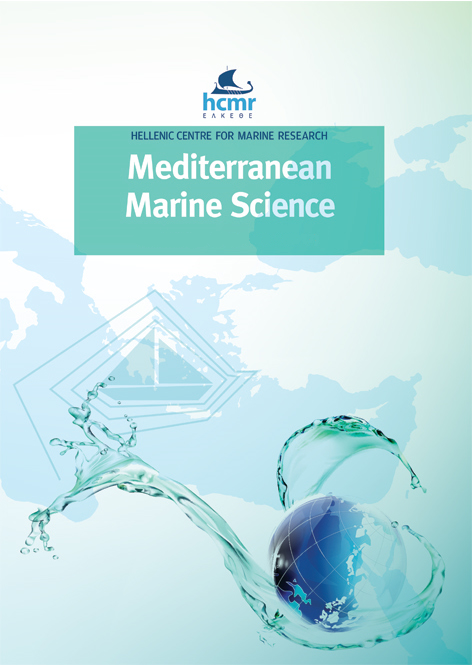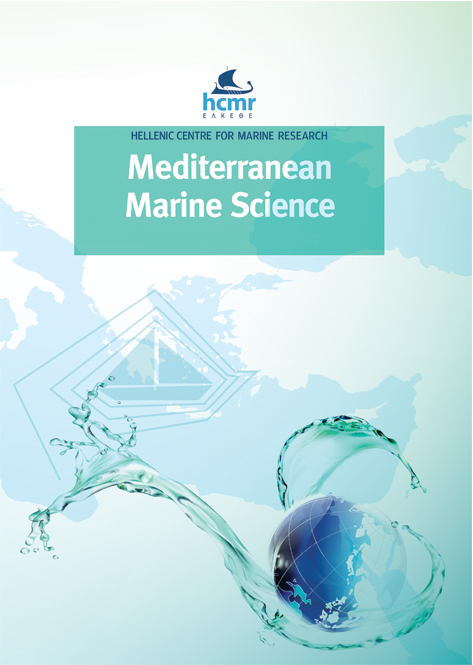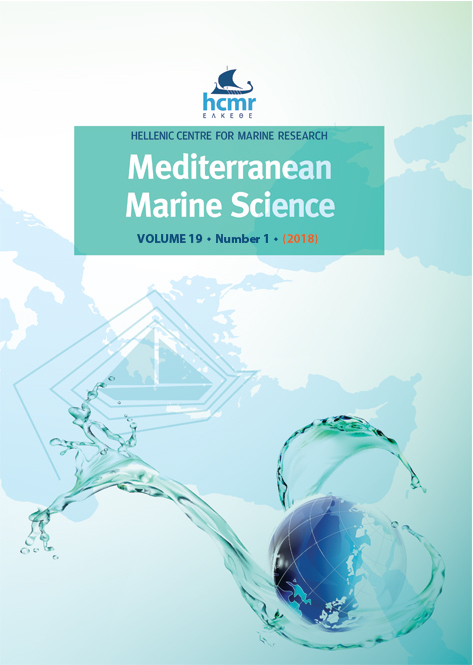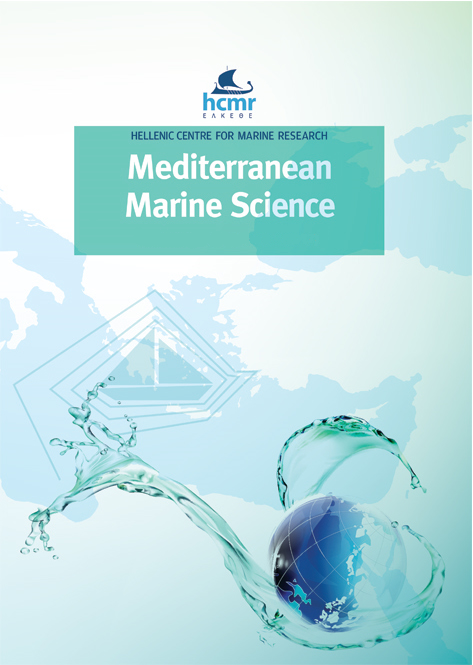The reproductive pattern of the white barrel jellyfish Rhizostoma pulmo (Cnidaria, Scyphozoa) in the gulf of Taranto (Ionian Sea)
Аннотация
Understanding the mechanisms that lead to the proliferation of large jellyfish populations over time is crucial to prevent andmitigate any possible negative impacts on human activities and ecosystem functioning. Rhizostoma pulmo (Macri, 1778) is an outbreak forming species of the Mediterranean Sea that has been observed in anthropized areas including the Gulf of Taranto. To describe seasonal changes in the reproductive patterns of R. pulmo from May to December 2016, we measured jellyfish diameter, the number and diameter of oocytes using histological and biochemical analyses (lipids, carbohydrates, proteins, and organic matter), as well as the gonadal somatic index (GSI). Jellyfish size did not fluctuate considerably during the collection period, with specimens measuring between 19.5 and 38.2 cm in diameter. Our findings revealed a strong gonadal activity over the summer and a spawning event between September and October. Male and female gonad morphology was similar to other previously reported Rhizostomeae. Oocytes were categorized into three developmental classes, recognizable by their diameter and shape: <15 μm for pre-vitellogenesis, 15-30 μm for vitellogenesis, and >30 μm mature oocytes. The number of mature oocytes peaked in August, with smaller eggs recorded in May and October and larger eggs recorded near the end of the summer. The GSI fluctuated greatly between sampling dates, peaking in August. Lipid levels varied significantly throughout the sampling period, with the greatest value in May (277.26±98 μg lipid mg AFDW-1) and the lowest in September (70.36±41.5 μg lipid mg AFDW-1). Carbohydrates, proteins, and organic matter (62 ± 6 %) remained stable during the sampling period. The biochemical analyses of jellyfish sexual reproduction we report on here can be used as a tool for identifying jellyfish spawning periods and better understanding the reproductive process that control jellyfish population dynamics.
Article Details
- Как цитировать
-
MAMMONE, M., BASSO, L., RIZZO, L., ARAVIND, A., PAGLIARA, P., & PIRAINO, S. (2024). The reproductive pattern of the white barrel jellyfish Rhizostoma pulmo (Cnidaria, Scyphozoa) in the gulf of Taranto (Ionian Sea). Mediterranean Marine Science, 25(2), 393–403. https://doi.org/10.12681/mms.37263
- Раздел
- Research Article
Authors who publish with this journal agree to the following terms:
- Authors retain copyright and grant the journal right of first publication with the work simultaneously licensed under a Creative Commons Attribution Non-Commercial License that allows others to share the work with an acknowledgement of the work's authorship and initial publication in this journal.
- Authors are able to enter into separate, additional contractual arrangements for the non-exclusive distribution of the journal's published version of the work (e.g. post it to an institutional repository or publish it in a book), with an acknowledgement of its initial publication in this journal.
- Authors are permitted and encouraged to post their work online (preferably in institutional repositories or on their website) prior to and during the submission process, as it can lead to productive exchanges, as well as earlier and greater citation of published work (See The Effect of Open Access).

